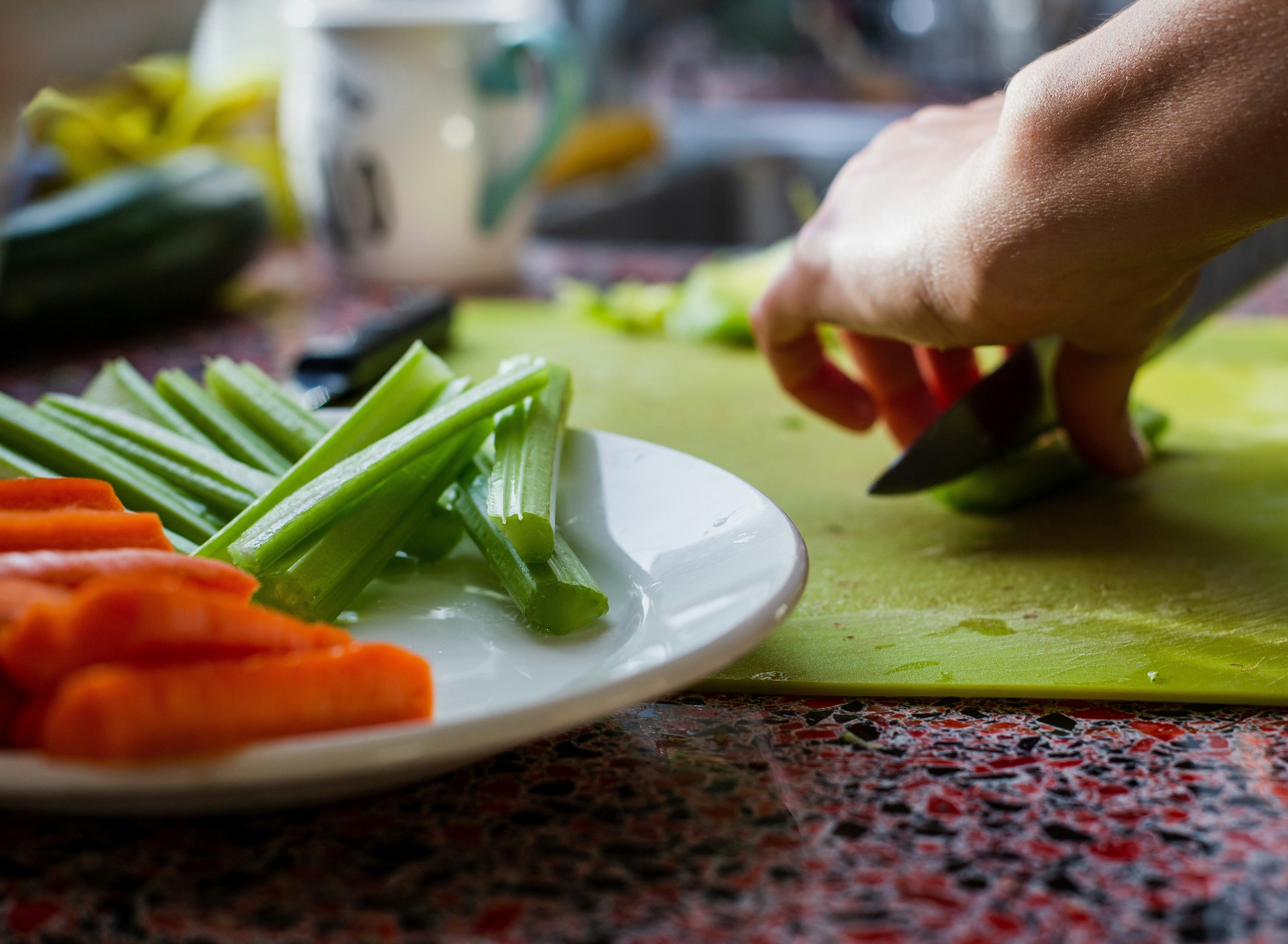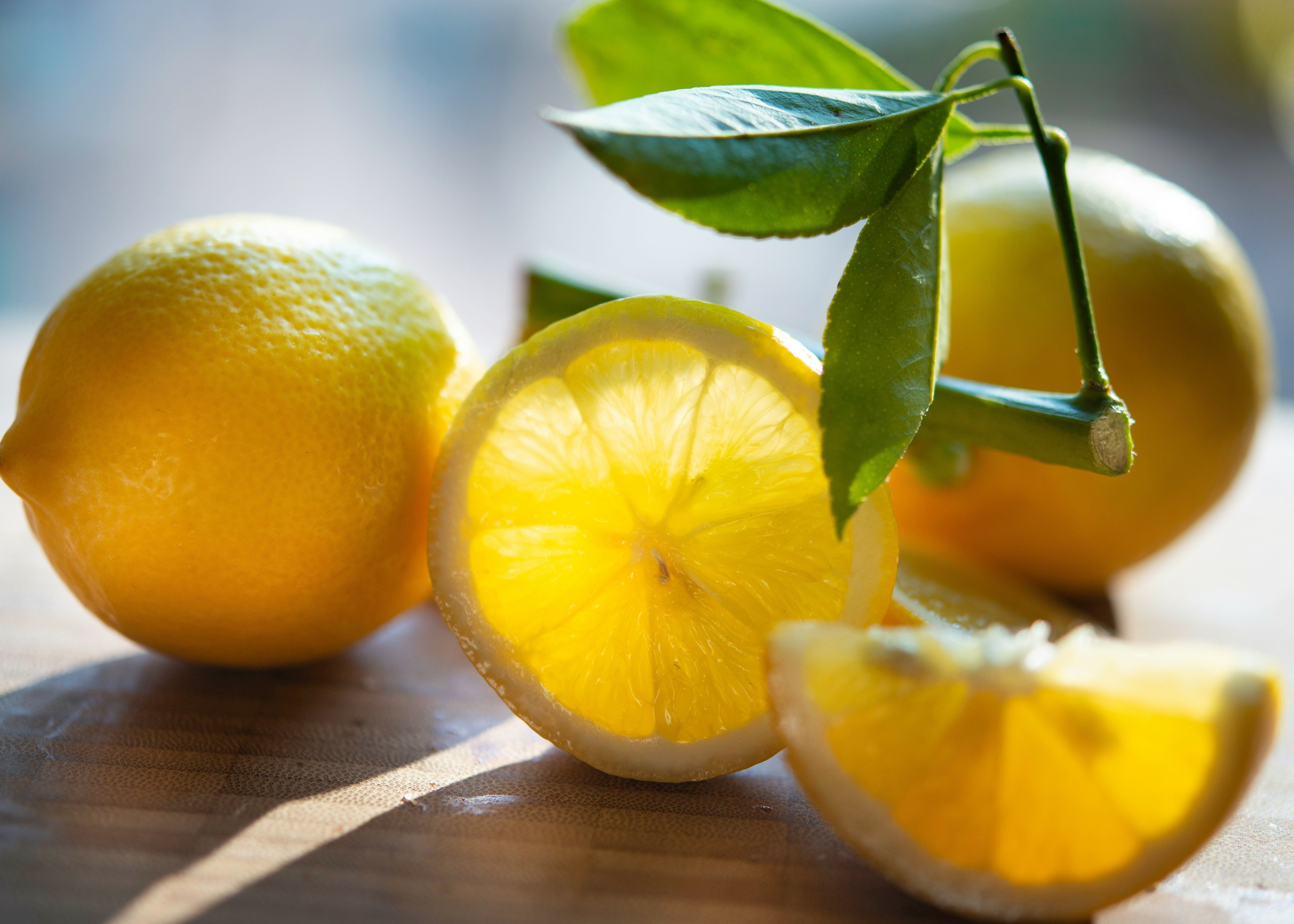Raw Food 101: Why You Need to be Incorporating Live Food in Your Diet

What Is a Raw Food Diet—And Do You Have to Go All In?
Let’s start with what a raw food lifestyle is not.
It’s not about giving up flavor.
It’s not about buying obscure ingredients or filling your kitchen with gadgets you’ve never heard of.
And it’s certainly not only for hardcore wellness influencers.
In fact, a raw food diet—whether you go all in or just try it a few days a week—is for everyone. Yes, even you.
So, What Is a Raw Food Diet?
At its core, eating raw simply means enjoying food as close to its natural state as possible—uncooked, unprocessed, and fresh. That typically means not heating foods above 42°C/118°F, as higher temperatures can break down beneficial enzymes and nutrients.
Raw food meals are centered around plant-based ingredients like fruits, vegetables, leafy greens, nuts, seeds, and sprouted grains. Many people also choose organic produce to avoid pesticides and GMOs, but how far you go is entirely up to you.
And here’s the key takeaway: it doesn’t have to be all or nothing.
Why Add More Raw Foods to Your Diet?
The goal of eating more raw foods is really about nutrient density and helping your body thrive. Fresh, raw foods are naturally rich in vitamins, minerals, fiber, antioxidants, and enzymes that support digestion and reduce the toxic load on your body.
Many raw foods are also hydrating, which supports energy, metabolism, and skin health.
Think of it as a way to nourish your body more intentionally, rather than following strict rules.
Cooked vs. Raw: Is One Really Better?
Let’s be clear: cooked vegetables are still good for you—certainly better than no vegetables at all!
That said, some nutrients and enzymes in certain vegetables are sensitive to heat. For example:
- Broccoli, when raw, contains glucosinolates—compounds linked to cancer prevention. Cooking can break down those beneficial enzymes.
- Tomatoes can lose about 10% of their vitamin C when cooked for just a couple minutes.
But in other cases, cooking can enhance nutrient availability—like with lycopene in tomatoes. So, it’s really about finding balance, not choosing one side.
What Can You Eat on a Raw Food Diet?
If you're curious about exploring raw foods, there’s no need to fully overhaul your diet overnight. Start small:
- Try a raw breakfast like chia pudding or a smoothie bowl.
- Replace one cooked meal a day with a raw salad, wrap, or veggie-based bowl.
- Snack on fresh fruit, raw trail mix, or veggie sticks with raw hummus.
A fully raw diet usually includes:
- Fresh fruits and vegetables
- Leafy greens and herbs
- Nuts and seeds (often soaked or sprouted)
- Cold-pressed oils
- Fermented foods (like kimchi or sauerkraut)
- Raw nut milks, smoothies, and desserts
But even adding more raw meals into your week can give you noticeable benefits—increased energy, improved digestion, glowing skin, and more. One easy way to incorporate raw food into your diet is with organic, cold-pressed Living Juices!
Raw Can Be Delicious (and Simple)
Contrary to popular belief, raw food isn’t just carrot sticks and celery. You can create vibrant, flavorful meals—raw tacos, zucchini noodles with creamy cashew sauce, or bright green smoothies. It’s easier than it sounds and more satisfying than you’d expect.
Need help getting started? Explore our collection of recipes to spark your creativity. You can also supplement your meals with our cold-pressed juices like Green Vitality and Fresh Start for extra support.
Final Thoughts
You don’t have to go 100% raw to reap the rewards. Start where you are. Add in what feels good. Listen to your body.
Raw food is less about rules and more about reconnecting with what nourishes you—fresh from the earth, vibrant in color, and full of life.




